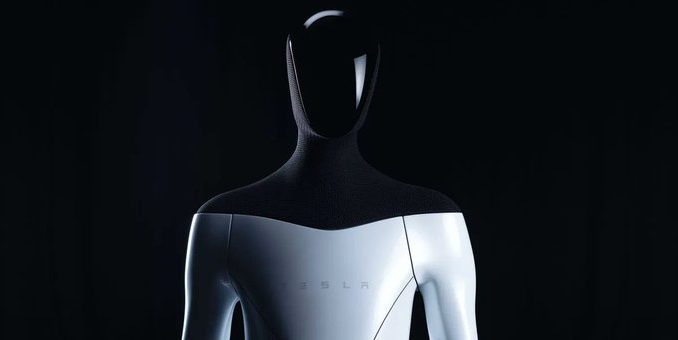
One thing is undeniable: there’s an abiding appeal to human shaped and human sized robots, as Irena Cronin, CEO of Infinite Retina, recently told me. Part of the value of copying the human form: the world is built for humans. Cars, homes, machines, factories, warehouses … all of our built environment is designed by and for human beings as inhabitants, operators, drivers, or workers. And Tesla’s not the only one attempting to create humaniform robots. China’s Xiaomi recently hyped a similar prototype bipedal robot: CyberOne, and at least 10 companies have tackled the problem recently, although some have already given up or run out of funding.
The obvious benefit: a humaniform robot is instantly perfectly adapted to serve any desired need in any of those spaces.
If — and this is the critical if — the robot works. And if Tesla, or Xiaomi, or Boston Dynamics, or some other company manages to pull it off the entire business: hardware, AI, production, and ecosystem of service, support, and perhaps apps and attachments.
One skeptic that we’ll get there anytime soon is MIT professor Daniela Rus, who shares the core problem in a succinct statement: the more you generalize, the less you optimize.
In her view, a universally useful humaniform robot is less likely in the near-term than specifically-useful robots.
“If we rethink what a robot is, then we turn your chair into a robot,” Rus told me in a recent TechFirst podcast. “We turn your door into a robot. We turn your shirt into a robot.”
In this scenario, the door knows who you are, opens when needed, closes and locks when needed, and perhaps alerts authorities if unauthorized people attempt entry. Your shirt changes color, provides more warmth when needed, reconfigures to a more formal setting for a dinner in a high-end restaurant.
